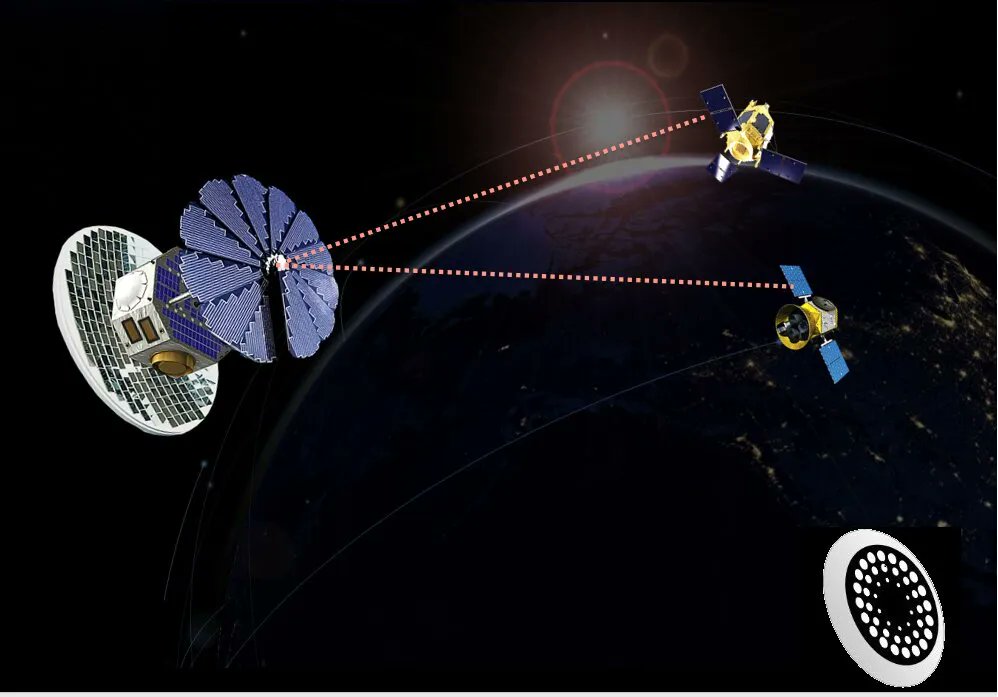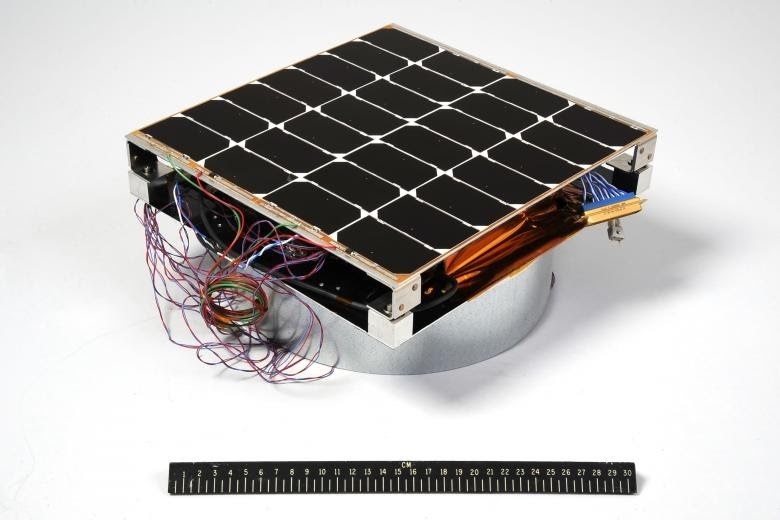Technologies for enabling NASA’s Artemis mission are coming thick and fast, as plenty of problems must be solved before a permanent human presence on the Moon can be established. A novel idea from Honeybee Robotics, one of the most prominent space technology companies now owned by Blue Origin, could solve plenty of them with one piece of infrastructure. The Lunar Utility Navigation with Advanced Remote Sensing and Autonomous Beaming for Energy Redistribution, or LUNARSABER (which must have been named by someone who really likes Star Wars), is a 100m tall pole that can hold one ton of equipment on top of it. It could serve as a central power, communications, and lighting hub of an Artemis base and part of a mesh network with other places of interest on the Lunar surface.
Continue reading “A Tower On The Moon Could Provide Astronauts With Light, Power, and Guidance”A Practical Use for Space Power: Beaming Energy to Probes on Venus

A few weeks ago, a team of scientists from Caltech announced that they had successfully transmitted energy from an orbiting satellite down to Earth. It wasn’t a lot of energy, but it showed that it was possible.
Eventually, we might be able to beam energy from solar satellites down to Earth, making solar energy available almost anywhere and helping combat climate change. But there’s another potential use: powering surface probes on Venus.
Continue reading “A Practical Use for Space Power: Beaming Energy to Probes on Venus”Finally, a Practical use for Space-Based Power Beaming. Sending Power to Satellites in Shade
Power beaming is one of those technologies that can completely change the world. Almost unlimited power wherever it is needed, whenever it’s needed, is literally a technology straight out of science fiction. Researchers have been working on the technology for decades at this point, but there has been little commercial headway so far, so what is holding this revolutionary technology up? A “killer app” would certainly help move it along – and that is what a team from Space Power, a private company, and the University of Surrey think they have found in the form of powering other microsatellites.
Continue reading “Finally, a Practical use for Space-Based Power Beaming. Sending Power to Satellites in Shade”The Navy is Testing Beaming Solar Power in Space
Solar power has become a focal point of the battle to mitigate climate change. The potential of solar power is massive – Earth receives as much solar energy in an hour as all of humanity uses in a year. Even with that much energy hitting the Earth, it is only a tiny fraction of the sun’s overall output. Some of that other solar energy hits other planets, but most is just lost to the void of deep space.
There are a number of groups that are leveraging various technologies to capture some of that lost energy. One of the most common technologies being pursued is the idea of the power satellite. Recently, one of those groups at America’s Naval Research Laboratory (NRL) hit a milestone in the development of power satellite technology by launching their Photovoltaic RF Antenna Module (PRAM) test satellite.
Continue reading “The Navy is Testing Beaming Solar Power in Space”


